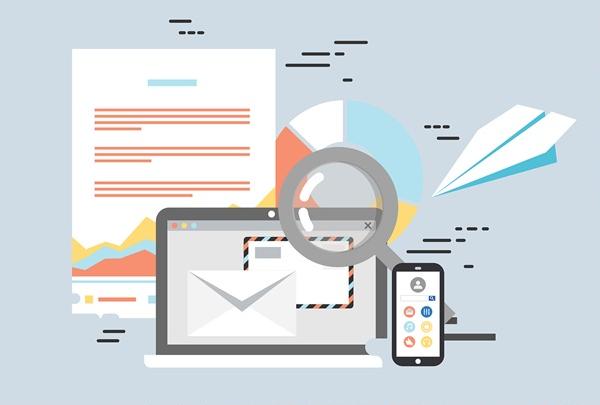*There are two main methods of protecting the mail server from spam: protection against spam at the stage of its receipt by the mail server and its “sorting” from the rest of the mail entries after they land on the mail server.
When it comes to the first method, the most popular solutions used for this purpose are the DNS BlackList (DNSBL), Greylisting, and the implementation of delays in email processing. Thus, the use of various technical means does the magic:
- checking the existence of a user on the sending side (callback);
- checking the “correctness” of the sending server;
- checking the SPF record.
Among solutions that analyze the contents of the emails, the most popular one is the implementation of specific advertising keywords. The algorithm based on the Bayesian theorem contains elements of probability theory and separates messages that contain spam by the characteristic signs. However, cleantalk.org/blacklists IP address blacklist check can also be a good solution to all your spam-related problems. So, let’s take a closer look at these email filtering methods.
Blacklists or DNSBL
Blacklists include addresses from which spam is sent. Widely used lists such as “open relays” and “open proxies,” and various lists of dynamic addresses. Due to the ease of implementation, the use of these blacklists is done through the DNS service.
Gray lists
Greylisting is based on spamming tactics. As a rule, spam is sent in a very short time in large quantities from any server. The work of the gray list is to deliberately delay the receipt of letters for a while. In this case, the address and time of the transfer are entered into the gray list database. If the remote computer is a real mail server, then it must save the message in the queue and repeat the transfer for five days. As a rule, spambots do not save letters in the queue; therefore, they stop trying to forward the letter after a short time.
It has been established experimentally that the average time for sending spam is a little over an hour. When re-sending a letter from the same address, it is accepted on the email server-side and the address is entered in the local white list for a sufficiently long time.
Performance Analysis
The first two methods allow you to filter out about 90% of spam even at the stage of its delivery to the mailbox. However, you can create an extra level of protection and use a technology that sorts out all the entries. Based on special algorithms to add corresponding lines to the message headers, you can filter mail in the necessary folders of the mail program. Use this tactic to reduce email letters.
Conclusion
Of course, there are other ways to protect against spam. The most effective solutions are preventive measures, such as not leaving your email address on sites, forums, and message boards, using temporary addresses for such needs.
We Publish News 24/7. Don’t Miss A Story. Click HERE to SUBSCRIBE to Our Newsletter Now!







